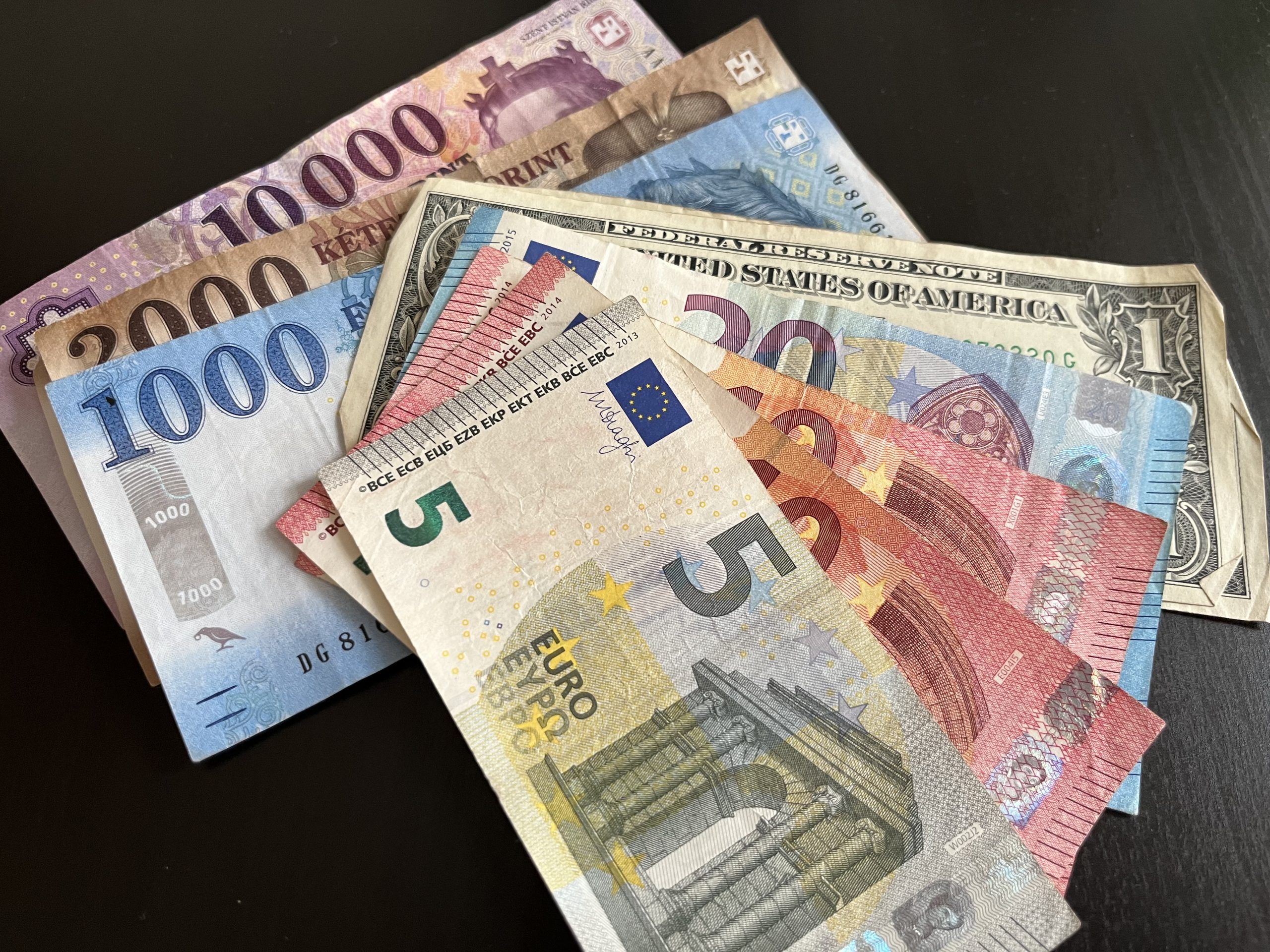
As the war between Russia and Ukraine goes on, the Hungarian currency starts the new week where it left off last Friday: hitting new historic low against all major currencies.Continue reading

The National Bank of Hungary decided to raise the upper band of its interest rate corridor on Tuesday which had a positive impact on Hungary’s currency. After hitting a record low of 400 against the euro on Monday, the forint exchange rate started to strengthen on Tuesday, even reaching 377.60 on Wednesday. Some experts believe that the forint’s freefall in the past week is about to stop, but the currency will settle in a new, lower band, unable to strengthen back to levels before the Russian- Ukrainian war.
The National Bank of Hungary (NBH) raised the upper band of its interest rate corridor by 100 basis points from 5.4 percent to 6.4 percent in an attempt to create room for further policy tightening. Meanwhile, Hungarian rate-setters left the central bank base rate unchanged at 3.40 percent at their regular meeting on Tuesday.
Although the meeting was officially not an interest rate-setting session, analysts had expected the National Bank to react to the significant weakening of the forint since the beginning of Russia’s invasion on Ukraine.
Since the outbreak of the war, Hungary’s currency has seen a staggering fall, even reaching the psychological threshold of a record-low 400 against the euro on Monday.
By widening the interest rate corridor, the NBH has increased flexibility within their monetary policy, the central bank underscored in a statement.
After the National Bank’s decision – amid considerable fluctuation – the forint saw an overall strengthening in its exchange rate throughout Tuesday, which at the time of the writing of this article on Wednesday, is still holding up.
The forint has now strengthened to 377.60 to the euro, which is still a weakening of around 5% for the year.
The central bank stands ready to use all its monetary policy instruments to ensure the stability of the financial system, said Barnabás Virág, Deputy Governor of the National Bank of Hungary, after NBH decided to widen the interest rate corridor.
Virág said bets by foreign investors against the forint had increased substantially over the past week and a half, but the NBH would continue its rate tightening campaign, making deals against the forint more expensive.
However the weakening of the forint is mainly due to the increase in risks for the whole region caused by the Russian-Ukrainian war, the deputy governor of NBH said, describing the emergence of positions against the forint as a natural market process.
Former NBH Governor: Forint to stabilize, but will move to a new band
The historic fall of the forint was also commented on by former central bank governor, Péter Ákos Bod, who also expects the forint’s free fall to stop in the coming period.
The expert told news site Index that Hungary’s currency is likely to reverse and strengthen in the coming days. The primary reason for this, according to Bod, is that the extremely weak performance of the forint is largely driven by the panic over the Russian-Ukrainian war.
However, Bod also outlined that the forint will likely move in a new band against the euro in 2022, somewhere between 365-370 and 400 forints. According to the economist, we can no longer hope for the forint to reach 330 against the euro, even 365 will only be possible in times the forint stands strong. This is because in his view, Hungary’s economic ’fundamentals’ are not very good. The Hungarian forint is one of the so-called floating currencies, as are the Czech and Polish currencies, but the Czech koruna and the Polish zloty have better fundamentals. This may be the reason why the same shock causes the forint exchange rate to fluctuate more than its regional peers.
Featured photo via Ungarn Heute/MTI